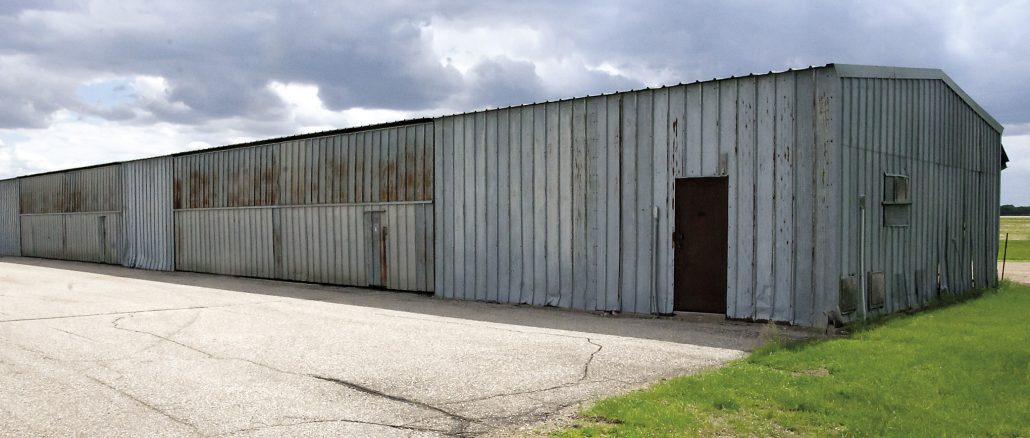
By Per Peterson
What to do with the hangars at the Tracy Municipal Airport?
That was one of the questions that vexed the Tracy City Council at a recent budget study session. And given the state of the City’s budget, the answer won’t be an easy one to come by.
The current hangars are 70 years old and no longer meet current standards for plane sizes — fixed-winged planes are larger now than they were 70 years ago. The City must have 10 tail numbers registered at the airport in order to continue receiving the annual $150,000 in federal money per year in National Plan of Integrated Airport Systems (NIPIAS) funding for operations.
“We run the risk of losing $150,000 a year,” Tracy City Administrator Erik Hansen said. “We’ve lost some people (plane owners) last year and replaced them, but the risk is, we could lose funding if we don’t have enough planes. We have 10 hangars. We literally have to have 100% occupancy. And people will go other places if we’re out of the market, that’s part of the issue.”
The City says that continuing to use the current hangars as is runs the risk it might not be able to maintain the 10 planes needed for federal funds. MnDOT last month informed the City that it has moved to the top spot on the hangar loan list, meaning the clock is ticking on the City’s decision whether or not to accept that loan. That’s important since the FAA will not give money to the City, as the airport is considered a revenue-generator.
“They will not give you any money until you have all your air-site needs met,” he said. “That’s maintenance issues at the airport … and there’s significant air-site issues, because they want us to move the runway and lengthen it. We’re never going to get any money from the FAA for hangars.”
The City can garner some site-work grant money from MnDOT, Hansen said, which is where moving to the top spot on the loan list comes into play.
“As money becomes available, they’re going to be coming, asking us if we want the hangar loan or not,” said Hansen.
The hangar loan is a 0% interest loan and is spread over 20 years.
Discussion last week centered around building a four-unit T-hangar, which would run the City about $990,000, according to Bollig Engineering. Funding would come from various sources, including a $216,000 grant from MnDOT and the $561,600 loan, plus $202,400 in cash from the City ($20,000 over the next 20 years) for four new hangars. The City would have to charge plane owners $585 per month to rent a hangar to cash flow just the loan.
See this week’s Headlight Herald for more on this article.
